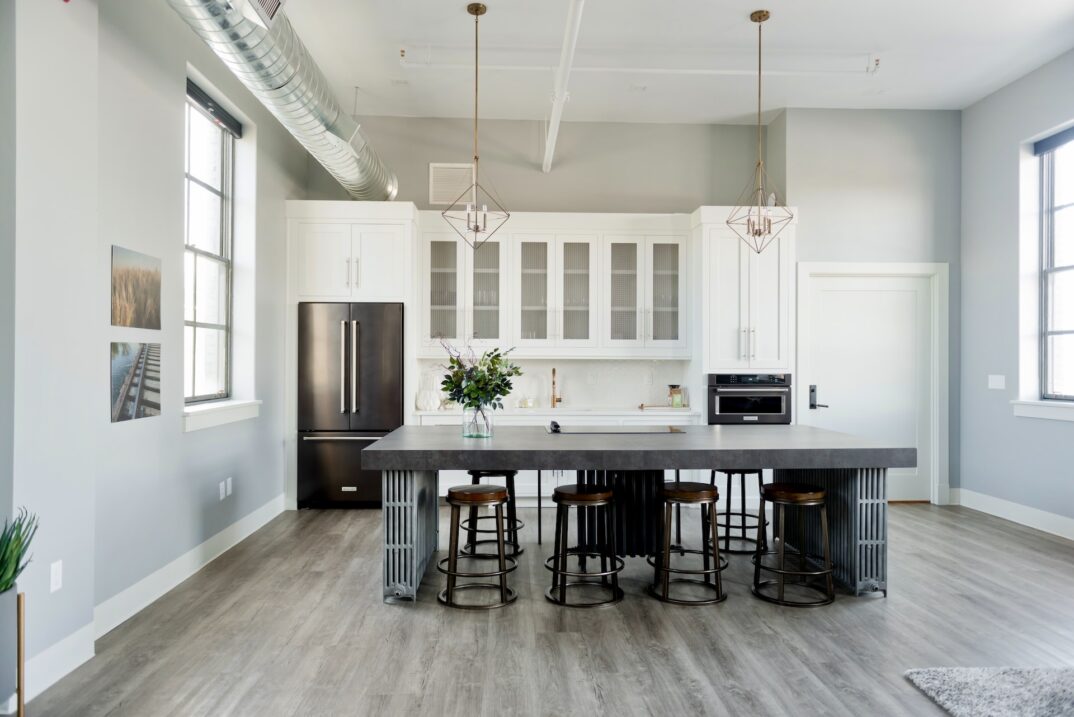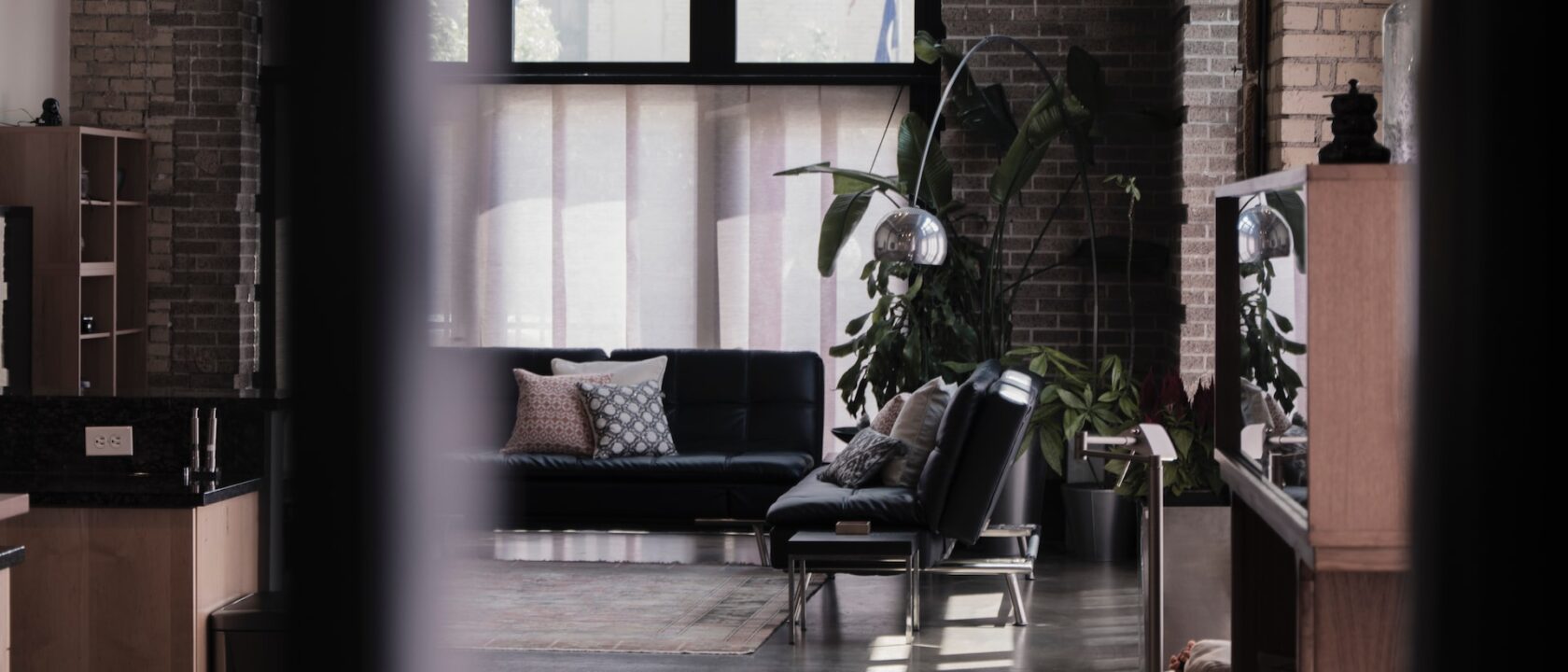In recent years, the role of psychology in interior design has become increasingly important designers are now beginning to understand how the mind works and how different design elements can influence our emotions and behavior, u can take help here.
By considering the psychological effects of their work, designers can create spaces that are not only aesthetically pleasing, but also functional and comfortable. By understanding the psychological principles of design, designers can create environments that promote well-being, productivity, and positive social interactions.
The impact of psychology on interior design and how it can be used to create more effective spaces
Psychology plays a big role in interior design. It can be used to create more effective spaces that are better suited to the needs of the people who use them. By understanding how people think and behave, psychologists can help design environments that are more likely to achieve the desired results.
For example, psychologists have found that people are more productive in spaces that are well lit and have plenty of natural light. They also tend to prefer spaces that are clean and uncluttered. By taking these findings into account, designers can create office spaces that are more likely to boost productivity.
Similarly, psychologists have also found that people feel more relaxed in spaces that are decorated with calming colours and soft furniture. This knowledge can be used to create more relaxing living spaces and bedrooms.
In general, by understanding psychology, designers can create spaces that are more effective and more likely to meet the needs of the people who use them.

The role of psychology in understanding human behavior and how it can be applied to design spaces that are more user-friendly
Psychology is the scientific study of the human mind and behavior. It can be applied to many different areas, including design. Designers use psychology to understand how people interact with their environment and how they make choices. This knowledge can be used to create spaces that are more user-friendly and efficient.
Psychology can help designers understand the relationship between people and their environment. For example, studies have shown that people are more likely to make mistakes when they are under time pressure or when they are in a cluttered environment. By understanding these factors, designers can create environments that are less likely to cause errors.
Psychology can also be used to understand the decision-making process. Studies have shown that people often make choices based on emotion, rather than logic. By understanding this, designers can create environments that are more likely to encourage positive choices.
Overall, psychology can be a valuable tool for designers. By understanding human behavior, designers can create spaces that are more user-friendly and efficient.
The importance of psychology in interior design, specifically in terms of creating functional and comfortable spaces
Psychology plays a critical role in interior design. By understanding how people interact with and respond to their surroundings, designers can create functional and comfortable spaces that meet the needs of their occupants.
Designers use psychological principles to understand how people move through and use space, how they perceive and process visual information, and what influences their emotions and behaviours. This knowledge helps designers to create spaces that are both aesthetically pleasing and practical, and that support the health and well-being of those who use them.
While each individual is unique, there are some general psychological principles that all designers should keep in mind when creating spaces. These include the following:
1. People are attracted to spaces that are visually pleasing and stimulating.
2. People feel more comfortable and relaxed in spaces that are uncluttered and have a calm atmosphere.
3. People are more productive in spaces that are well-organized and have good lighting.
4. People feel safer and more secure in spaces that are well-lit and have a clear line of sight.
5. People are more likely to take care of spaces that are clean and well-maintained.
By keeping these principles in mind, designers can create spaces that are both aesthetically pleasing and functional. By understanding the role of psychology in interior design, designers can create environments that support the health and well-being of those who use them.
How psychology can be used to understand the psychological needs of users and how to design spaces that cater to those needs
Psychology can be used to understand the psychological needs of users and how to design spaces that cater to those needs. For example, psychologists can study how people interact with their environment and how different design features can influence emotions and behavior. This knowledge can be used to create spaces that are more user-friendly and that meet the psychological needs of the people who use them.
The relationship between psychology and interior design and how the two disciplines can be used together to create more effective spaces
Psychology and interior design may seem like two unrelated disciplines, but they actually have a lot in common. Both fields deal with the way people interact with their environment and how that environment can affect their mood, behavior, and health.
There is a growing body of research that shows that the spaces we inhabit can have a significant impact on our mental and physical wellbeing. For example, studies have shown that exposure to natural light and greenery can reduce stress levels and improve mental clarity, while being in a cluttered or cramped space can increase anxiety and feelings of depression.
Interior designers are beginning to take these findings into account when creating spaces for their clients. By understanding the psychological effects of different design elements, they can create more effective and efficient spaces that improve the quality of life for those who use them.
For example, incorporating natural light and plants into a space can help to reduce stress levels, while choosing furniture and finishes that are calming and soothing can create a more relaxing environment. Conversely, incorporating bright colors and bold patterns can create a more energizing and uplifting space.
By understanding the psychological effects of different design elements, interior designers can create more effective and efficient spaces that improve the quality of life for those who use them.
